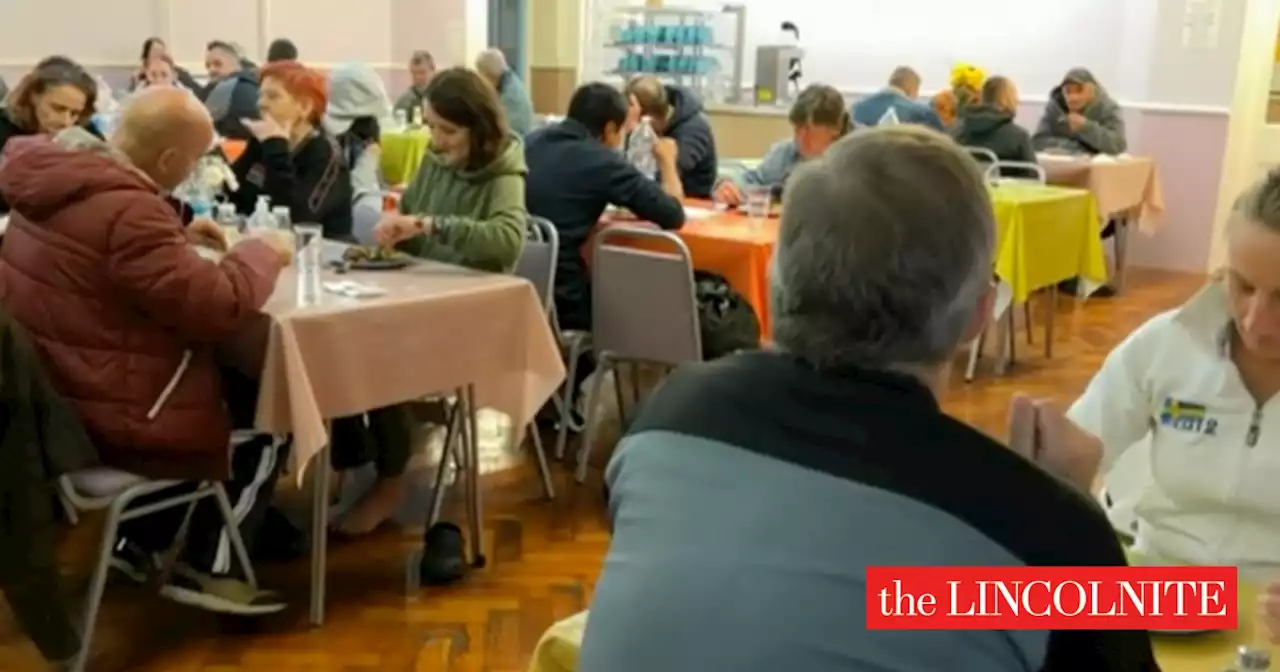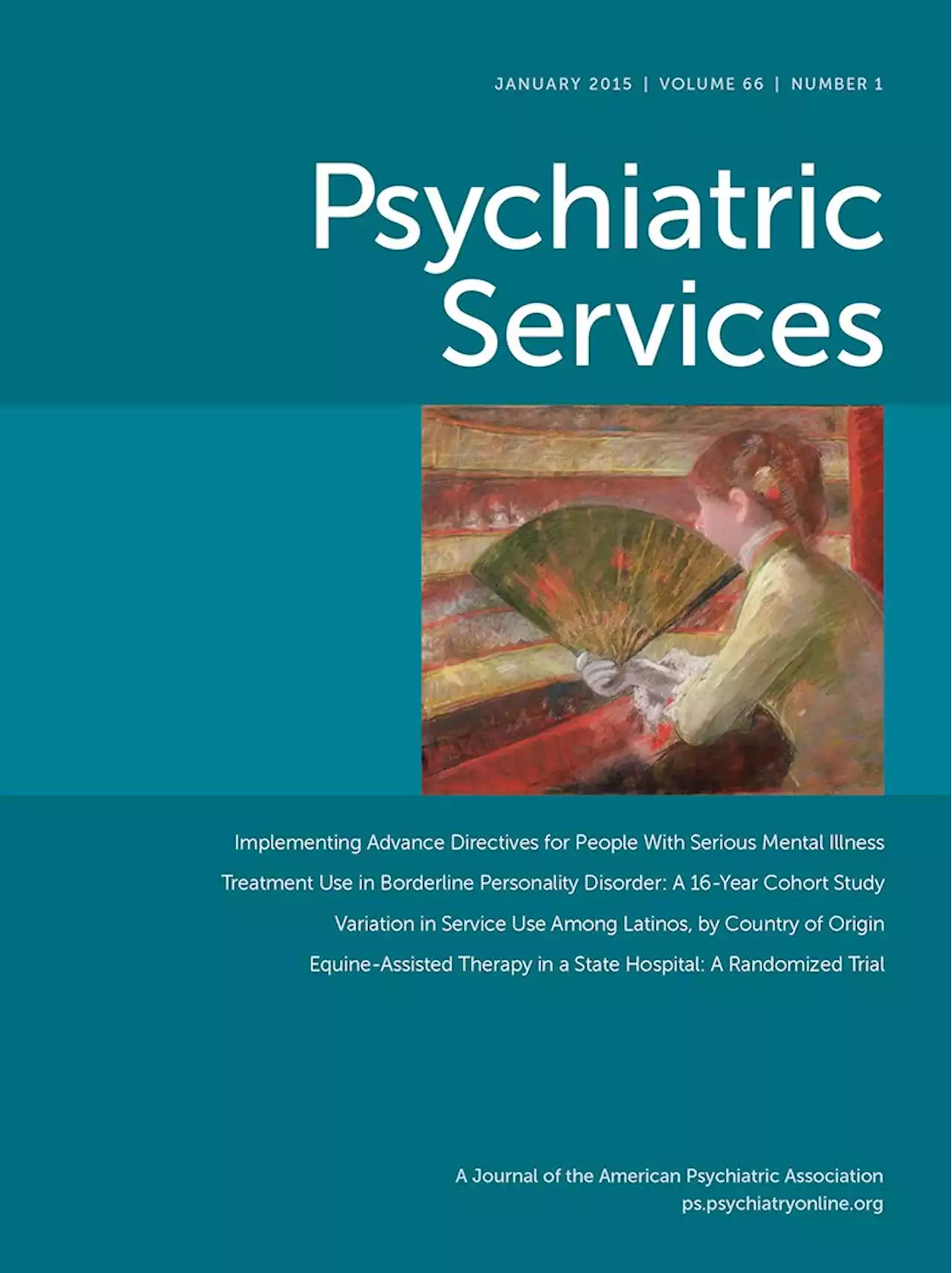Label-Free Microlaser for Qualitative and Quantitative Gas Detection AdvSciNews graphene gas gassensing microlaser
By Shaheer RehanOct 13 2022Reviewed by Megan Craig, M.Sc. Light-matter interactions enhanced by optical microcavities provide a potent tool in the form of microresonators for quick and accurate sensing methods. Such tools pave the way for applications in molecule sensing applications, including nanoparticles, cells, and larger molecules.
The graphene-functionalized microlaser enabled lab-free multispecies gas detection from gas mixtures as well as molecular-level gas detection with ultra-high sensitivity. Related StoriesA whispering guide mode micro cavity provides distinct benefits when used in chemical and biological sensing. It offers high-frequency resolution in the sub-megahertz range by determining the passive interference among various cavity modes and the shift or widening mode resonances.
Two-dimensional materials can be hybridized with microcavities, such as WGM-based microresonators. This provides a new approach for increased interaction among photons and electrons and thus creates a unique gas detection platform. The backward scatter caused by the graphene monolayer led to symmetry breaking as well as mode splitting at particular frequencies, which could be accurately detected using an optoelectronic heterodyne beating.
Australia Latest News, Australia Headlines
Similar News:You can also read news stories similar to this one that we have collected from other news sources.
 NASA's James Webb Space Telescope takes image of dust 'fingerprint' created by two starsEach of the 17 dust rings was created when the two stars came close together and the streams of gas they blow into space collided, compressing the gas and forming dust.
NASA's James Webb Space Telescope takes image of dust 'fingerprint' created by two starsEach of the 17 dust rings was created when the two stars came close together and the streams of gas they blow into space collided, compressing the gas and forming dust.
Read more »
 iPhone 14 calls police from users' pockets as it mistakes rollercoasters for car crashesThe sharp jolts of rollercoasters have been confusing the iPhone 14's crash detection feature and triggering false alarms
iPhone 14 calls police from users' pockets as it mistakes rollercoasters for car crashesThe sharp jolts of rollercoasters have been confusing the iPhone 14's crash detection feature and triggering false alarms
Read more »
 Net zero: Green groups paint us as villains, minister saysGraham Stuart defends the government's decision to allow more oil and gas exploration in the UK.
Net zero: Green groups paint us as villains, minister saysGraham Stuart defends the government's decision to allow more oil and gas exploration in the UK.
Read more »
 Boston church offering free community lunches sees demand riseIts own gas bill limits it from opening more often
Boston church offering free community lunches sees demand riseIts own gas bill limits it from opening more often
Read more »
 Nanoprobes Could Help Decrease Nucleotide Detection Assay CostA new Particle and Particle Systems Characterization study compared the properties of 20 nanometer and 35 nanometer spherical AuNPs, functionalized with a specific thiol-modified oligonucleotide, to develop an improved Au-nanoprobe for the detection of single nucleotide polymorphism (SNP) for lactose intolerance.
Nanoprobes Could Help Decrease Nucleotide Detection Assay CostA new Particle and Particle Systems Characterization study compared the properties of 20 nanometer and 35 nanometer spherical AuNPs, functionalized with a specific thiol-modified oligonucleotide, to develop an improved Au-nanoprobe for the detection of single nucleotide polymorphism (SNP) for lactose intolerance.
Read more »
 Automated Detection of Cognitive Distortions in Text Exchanges Between Clinicians and People With Serious Mental IllnessObjective: The authors tested whether natural language processing (NLP) methods can detect and classify cognitive distortions in text messages between clinicians and people with serious mental illness as effectively as clinically trained human raters. Methods: Text messages (N=7,354) were collected from 39 clients in a randomized controlled trial of a 12-week texting intervention. Clinical annotators labeled messages for common cognitive distortions: mental filtering, jumping to conclusions, catastrophizing, “should” statements, and overgeneralizing. Multiple NLP classification methods were applied to the same messages, and performance was compared. Results: A tuned model that used bidirectional encoder representations from transformers (F1=0.62) achieved performance comparable to that of clinical raters in classifying texts with any distortion (F1=0.63) and superior to that of other models. Conclusions: NLP methods can be used to effectively detect and classify cognitive distortions in text exchanges, and they have the potential to inform scalable automated tools for clinical support during message-based care for people with serious mental illness.
Automated Detection of Cognitive Distortions in Text Exchanges Between Clinicians and People With Serious Mental IllnessObjective: The authors tested whether natural language processing (NLP) methods can detect and classify cognitive distortions in text messages between clinicians and people with serious mental illness as effectively as clinically trained human raters. Methods: Text messages (N=7,354) were collected from 39 clients in a randomized controlled trial of a 12-week texting intervention. Clinical annotators labeled messages for common cognitive distortions: mental filtering, jumping to conclusions, catastrophizing, “should” statements, and overgeneralizing. Multiple NLP classification methods were applied to the same messages, and performance was compared. Results: A tuned model that used bidirectional encoder representations from transformers (F1=0.62) achieved performance comparable to that of clinical raters in classifying texts with any distortion (F1=0.63) and superior to that of other models. Conclusions: NLP methods can be used to effectively detect and classify cognitive distortions in text exchanges, and they have the potential to inform scalable automated tools for clinical support during message-based care for people with serious mental illness.
Read more »
